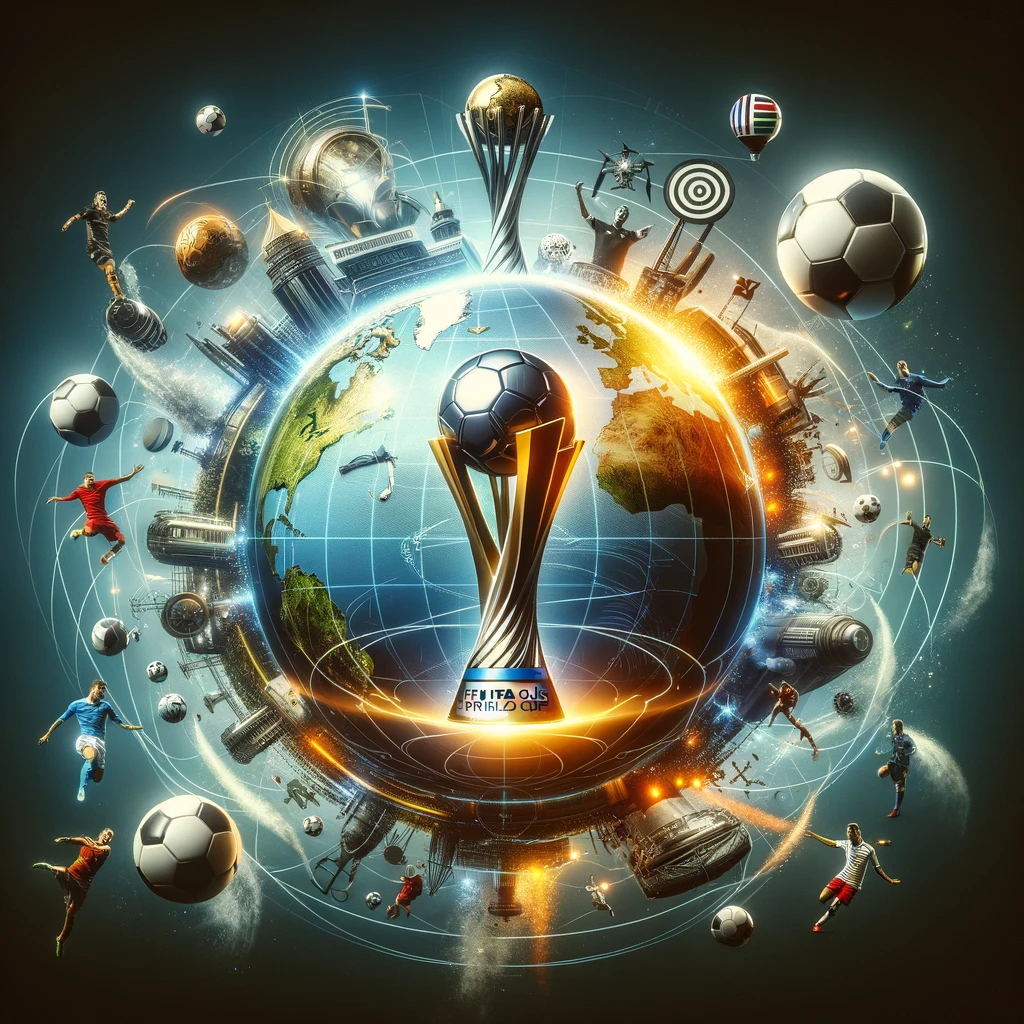Introduction
The FIFA Club World Cup is an international football tournament that brings together champion clubs from each of the six continental confederations, along with the champion club from the host nation. Established in 2000, the tournament is recognized as the pinnacle of club football, where winners of each confederation’s major competition battle for global supremacy.
Evolution of the Tournament
The tournament evolved from the Intercontinental Cup, which was played between European and South American champions from 1960 to 2004. The inaugural FIFA Club World Cup took place in Brazil in 2000, and since then, it has been held annually, barring a few exceptions.
Format and Participation
The tournament features the champions of the UEFA Champions League (Europe), CONMEBOL Libertadores (South America), CONCACAF Champions League (North and Central America and the Caribbean), AFC Champions League (Asia), CAF Champions League (Africa), and OFC Champions League (Oceania), along with the domestic champion of the host nation. The format has varied over the years, with the current format including a preliminary play-off before the quarter-finals, semi-finals, and the final.
Prestige and Recognition
Winning the FIFA Club World Cup is a highly prestigious achievement, symbolizing the pinnacle of club football. It offers clubs the unique opportunity to earn the title of world champions, adding an illustrious achievement to their history.
Memorable Moments
The tournament has witnessed many memorable moments, showcasing thrilling matches between clubs from different continents. Teams like Real Madrid, Barcelona, and Bayern Munich have had significant success, while clubs from other continents have also shown strong performances, adding to the tournament’s competitive spirit.
Economic and Cultural Impact
The FIFA Club World Cup also has a significant economic impact, attracting fans from around the world and bringing global attention to the host nation. The tournament serves as a cultural exchange, uniting diverse football traditions and fan cultures.
Future Developments
FIFA has plans to expand the Club World Cup, proposing a new format that would include more teams and provide a broader representation of clubs from various continents. This expansion aims to increase the tournament’s competitiveness and global appeal.
Conclusion
The FIFA Club World Cup stands as a testament to the unifying power of football, bringing together champion clubs from across the globe. It’s not just a competition; it’s a celebration of football’s ability to transcend borders, showcasing the sport’s best on an international stage.
FIFA Club World Cup Stats
- Tournament Inception: The FIFA Club World Cup began in 2000. It evolved from the Intercontinental Cup, which was first held in 1960.
- Number of Teams: Originally, the tournament featured clubs from six continental confederations. In recent formats, it includes seven teams: the winners of each continental competition and the champion club of the host nation.
- Most Successful Club: Real Madrid holds the record for the most FIFA Club World Cup titles, having won the tournament four times (2014, 2016, 2017, 2018).
- Winning Continents: Clubs from Europe (UEFA) and South America (CONMEBOL) have been the most successful in the tournament. European clubs have won the majority of the editions, followed by clubs from South America.
- Hosting Nations: The tournament has been hosted by various countries, including Brazil, Japan, the United Arab Emirates, and Morocco.
- Player Records: Cristiano Ronaldo and Lionel Messi are among the players with the most goals in the tournament, with Ronaldo holding the record for most goals in a single edition of the tournament.
- Attendance Records: The tournament typically attracts significant crowds, with Japan’s editions often recording high attendance figures.
- Format Changes: FIFA has proposed expanding the Club World Cup to include 24 teams from around the world, potentially changing the dynamics and scale of the tournament.
- Intercontinental Cup Legacy: Before the Club World Cup, the Intercontinental Cup was the main competition for club supremacy between Europe and South America. Its records and history are often associated with the Club World Cup.
- Global Reach: The FIFA Club World Cup is broadcasted worldwide, reflecting the global appeal of club football and attracting viewers from different continents.

